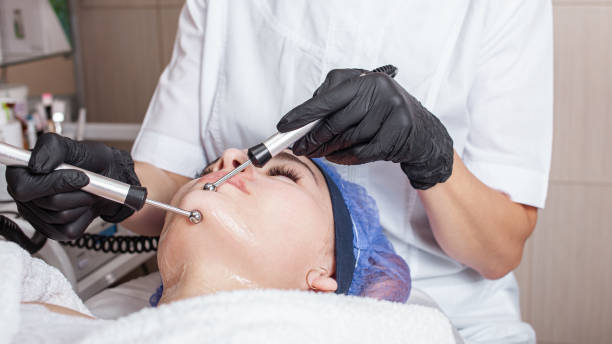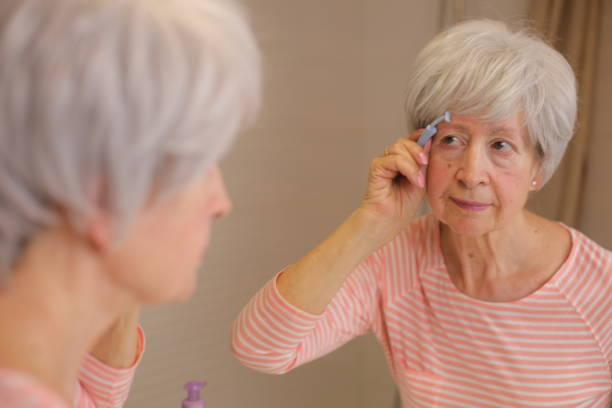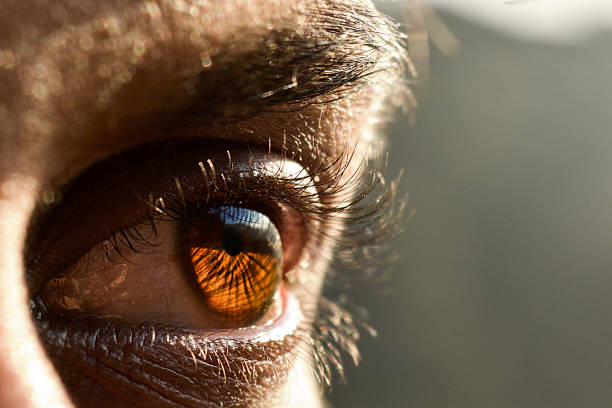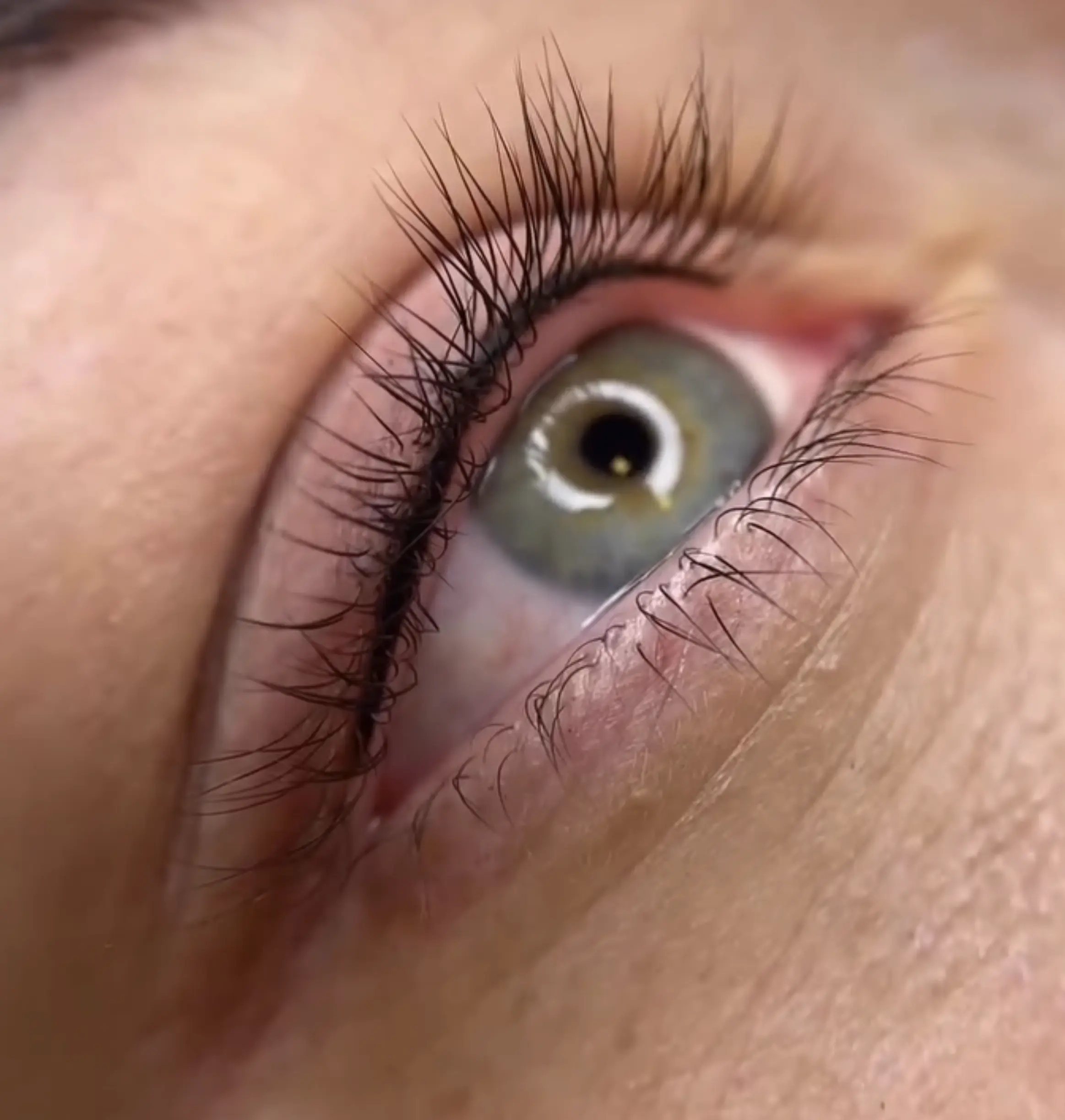The quest for smooth, flawless skin is as old as time, with various hair removal methods rising and ebbing in popularity. In this exploration, we delve into the differences between shaving and dermaplaning, two techniques prevalent in the beauty sphere. Shaving, known for its simplicity and convenience, uses a razor to slice hair at the skin level. Dermaplaning, on the other hand, is a more intricate procedure that combines exfoliation with hair removal. While both share the common goal of smooth skin, their approaches, results, and benefits vary greatly. This article will shed light on these differences, guiding you to the method that aligns with your skin needs and personal preferences.
The Basics of Shaving

Shaving is one of the most time-honored methods of hair removal. This simple process involves gliding a razor across the skin, cutting the hair where it emerges from the follicle. Shaving can be done with various tools, from disposable razors to sophisticated electric shavers, all designed to provide a quick and easy solution to hair removal.
The benefits of shaving are numerous. It’s a low-cost method that can be done at home with minimal skill. Moreover, it’s a quick fix for unwanted hair on various parts of the body. However, shaving comes with its drawbacks: it’s temporary, can lead to razor burns, ingrown hairs, and requires regular upkeep. Additionally, it lacks any significant exfoliating benefits, which can leave the skin desiring more in terms of radiance and texture.
Unveiling Dermaplaning

Dermaplaning goes beyond mere hair removal; it’s a skincare treatment typically performed by an aesthetician or dermatologist. Using a specialized surgical scalpel, the practitioner gently scrapes the skin’s surface. This not only removes fine vellus hairs (often referred to as peach fuzz) but also serves to exfoliate dead skin cells.
The allure of dermaplaning lies in its dual action. This method not only rids the face of unwanted hair but also promotes a brighter and smoother skin complexion by removing the outermost layers of dead skin. As a result, skincare products may penetrate more effectively and makeup tends to look more flawless post-treatment.
Shaving vs. Dermaplaning: The Key Differences
| Factor | Shaving | Dermaplaning |
|---|---|---|
| Primary purpose | Hair removal | Hair removal and exfoliation |
| Tool Used | Razor | Scalpel |
| Performed by | Self or Professional | Skincare Professional |
| Frequency | Every few days | Every 3-4 weeks |
| Cost | Low | Higher |
| Skin Types | All types | Most, except over active acne |
Above is a side-by-side comparison of the key aspects of shaving and dermaplaning. While both are effective for hair removal, they differ significantly in their methods, outcomes, and costs.
Choosing the Right Method for You
Deciding between shaving and dermaplaning involves understanding the benefits and limitations of each method. Here’s how to determine which technique might be best suited for your skin care and hair removal needs:
- Skin Sensitivity:
If you have sensitive skin, dermaplaning may be preferable. Performed by a professional, it involves gently scraping the skin with a sterile surgical scalpel, which not only removes hair but also exfoliates dead skin cells without the harshness of traditional shaving. - Cost and Convenience:
Shaving is more cost-effective and can be done at home, making it a convenient option. Dermaplaning usually requires a visit to a dermatologist or licensed esthetician, leading to higher costs and the need for appointments. - Exfoliation Benefits:
Dermaplaning provides deeper exfoliation than shaving, which can help reduce the appearance of acne scars and promote smoother skin. If your primary goal is exfoliation and not just hair removal, dermaplaning might be the better choice. - Longevity of Results:
Both methods remove hair at the surface, so the regrowth rate will be similar. However, the smoothness from dermaplaning might last slightly longer due to the more thorough removal of dead skin cells. - Skin Type:
Consider your skin type; those with acne-prone skin should avoid dermaplaning over active breakouts. In contrast, shaving can sometimes irritate acne-prone skin due to the potential for cuts and nicks.
Conclusion
In conclusion, both shaving and dermaplaning offer unique benefits and can be effective methods for hair removal and skin maintenance. Shaving is ideal for those looking for a quick, cost-effective solution. Dermaplaning, while pricier, offers the added advantage of exfoliation, leading to potentially longer-term skincare benefits. Your choice should be guided by considerations of cost, convenience, skin type, and personal care routine to achieve a smoother and brighter complexion.
Frequently Asked Questions
- Is dermaplaning something I can do at home, or should it be professionally done?
While there are at-home kits available, for safety and efficacy, it is typically advised to have dermaplaning done by a skilled professional to minimize any risks and achieve the best possible results.
- Can shaving cause my hair to grow back thicker or darker?
This is a common myth. Shaving cuts hair bluntly, making it appear thicker as it grows back, but it does not change the texture or color of the hair.
- Is dermaplaning safe for acne-prone skin?
Dermaplaning can be beneficial for acne-prone skin by promoting exfoliation; however, it is not recommended over active acne as it can lead to further irritation and potential spread of bacteria.
- How often should I shave or undergo dermaplaning to maintain smooth skin?
Shaving frequency depends largely on individual hair growth but may be necessary every few days, while dermaplaning results can last for about three to four weeks.
- Will dermaplaning make my skin more susceptible to sun damage?
Yes, after dermaplaning, your skin may be more sensitive to the sun due to the removal of dead skin layers. It is crucial to apply a high-SPF sunscreen to protect your skin after the treatment.



